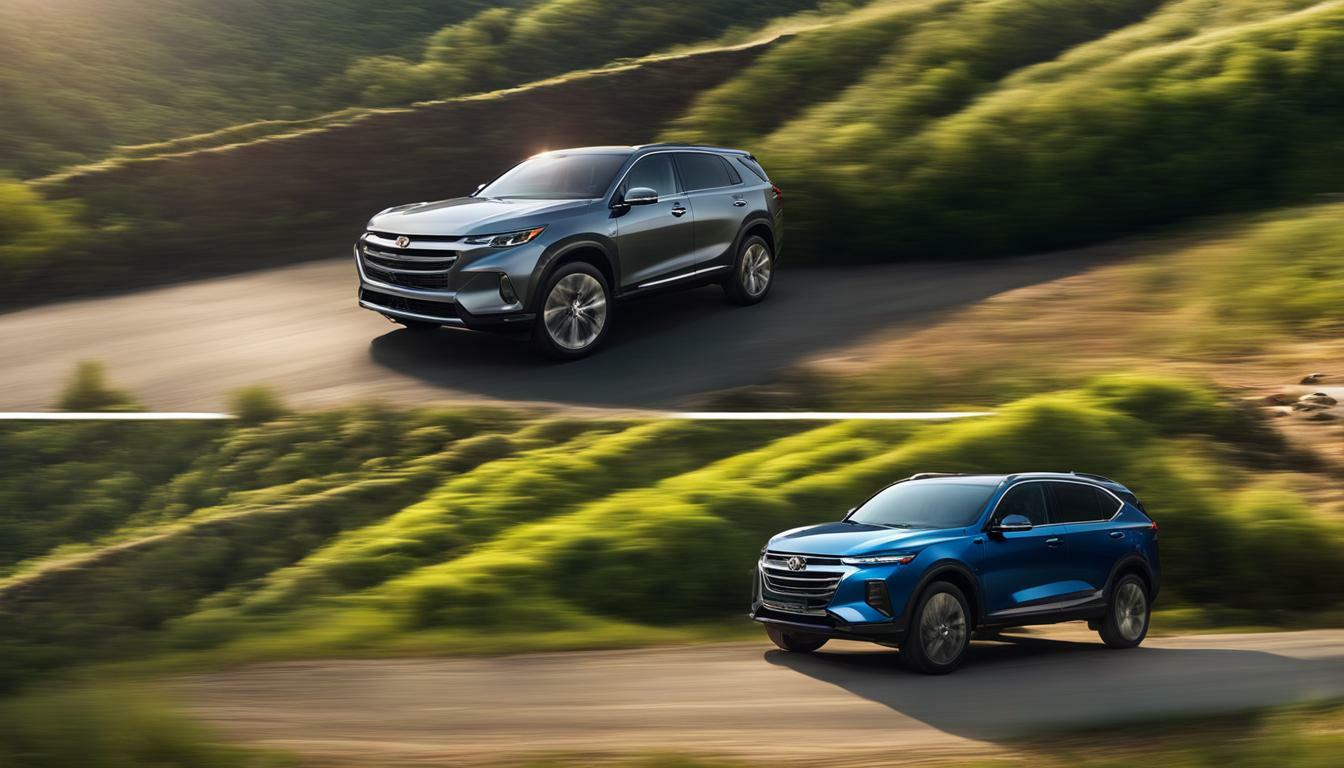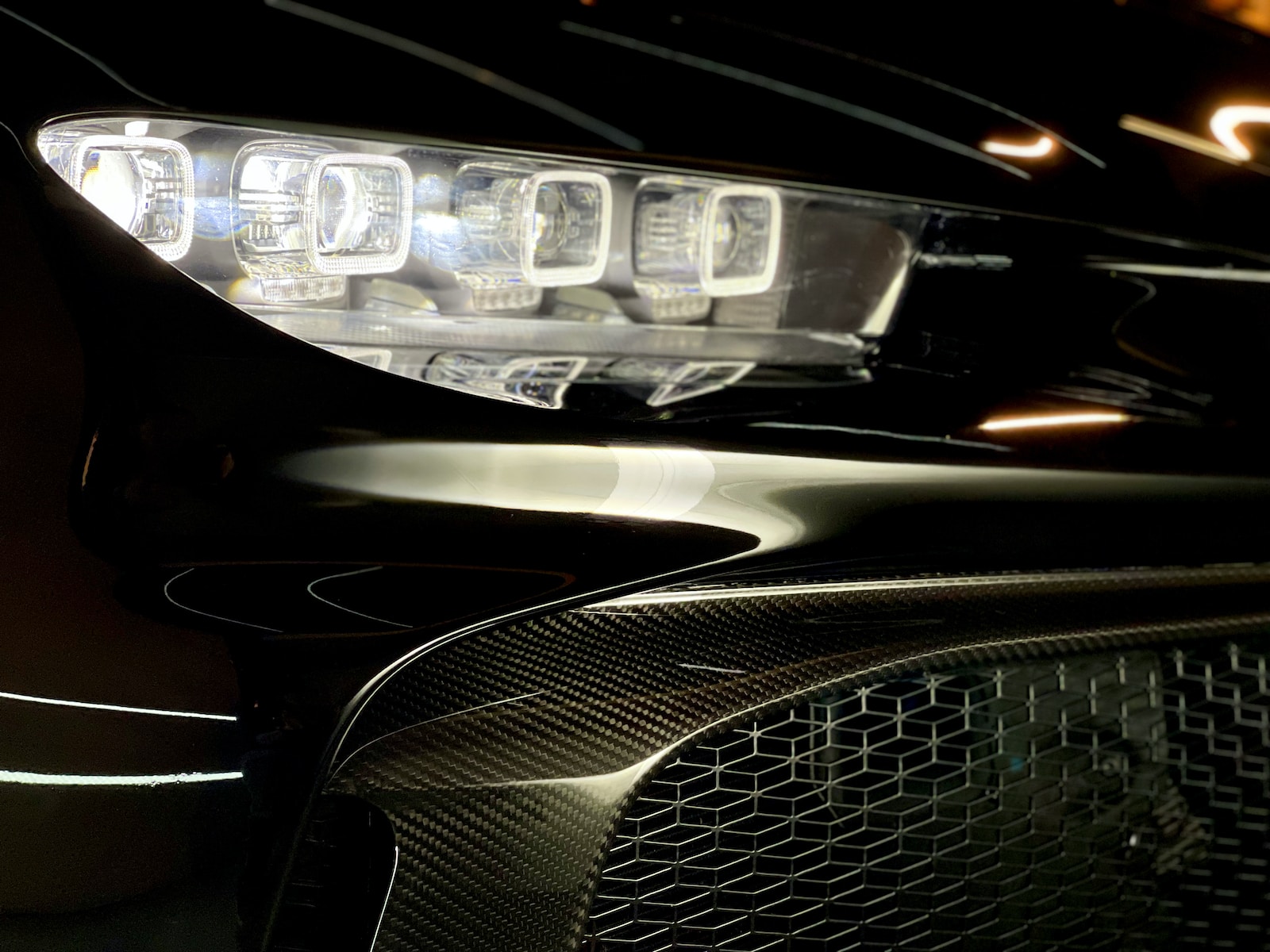Driving on hilly terrains can be challenging, especially when starting on an uphill slope or navigating steep descents. Fortunately, vehicle manufacturers have developed technologies to enhance the driving experience in such conditions. Two of the most common technologies are Hill Start Assist and Hill Descent Control.
In this section, we will explore the key differences between Hill Start Assist and Hill Descent Control. Understanding these technologies will help you make informed decisions when choosing a vehicle that suits your specific off-road or challenging driving needs.
Key Takeaways
- Hill Start Assist and Hill Descent Control are technologies that aid drivers when driving on hilly terrain.
- Hill Start Assist prevents the vehicle from rolling backward when starting on an uphill slope.
- Hill Descent Control maintains a low and consistent speed when driving downhill.
- Choosing a vehicle with Hill Start Assist and Hill Descent Control can enhance the driving experience on hilly terrains.
How Does Hill Start Assist Work?
Hill Start Assist is a feature that helps drivers maintain control when starting on an uphill slope. This technology is designed to prevent the vehicle from rolling backward by automatically holding the brakes for a few seconds after the driver releases the brake pedal and before applying the accelerator.
This brief time delay allows the driver to smoothly transition from the brake to the accelerator without the vehicle rolling back. Without Hill Start Assist, drivers might have to use the handbrake or rely solely on their clutch control to prevent rollbacks, which can be especially challenging on steep inclines.
Hill Start Assist Benefits
- Improved safety by preventing rollbacks
- Reduced stress for the driver in uphill starts
- Increased control over the vehicle
Hill Start Assist Features
| Feature | Description |
|---|---|
| Brake Hold | Automatically holds brakes when the driver releases the pedal on an incline |
| Time Delay | Holds brakes for a few seconds after releasing the pedal before applying the accelerator |
| Activation | Automatically activates when starting on a slope |
As demonstrated by the features and benefits above, Hill Start Assist is an essential technology that can enhance safety and driver control when tackling uphill terrains.
How Does Hill Descent Control Work?
Hill Descent Control is a feature that helps in maintaining a low and consistent speed when driving downhill. It utilizes the vehicle’s braking system to control the speed and prevent it from accelerating too quickly. The feature is especially useful in off-road situations where the terrain is steep, slippery, or uneven.
When Hill Descent Control is activated, the vehicle’s speed is automatically regulated, allowing the driver to focus on steering. The technology works by using the ABS (Anti-lock Braking System) to slow down each wheel individually, maintaining a constant speed without causing the vehicle to skid or lose traction.
The advantages of Hill Descent Control are numerous. It helps improve stability by reducing the risk of sliding or tipping over, which is especially important when driving on steep slopes. The feature also minimizes brake wear by keeping the vehicle’s speed under control, which can save drivers money on costly brake replacements. Additionally, Hill Descent Control enhances driver confidence when driving downhill, making it easier to navigate challenging terrain with greater control.
Key Differences Between Hill Start Assist and Hill Descent Control
While Hill Start Assist and Hill Descent Control are both designed to aid drivers in challenging driving situations, they serve different purposes and have distinct capabilities.
| Hill Start Assist | Hill Descent Control |
|---|---|
| Prevents the vehicle from rolling backward when starting on an uphill slope | Maintains a low and consistent speed when driving downhill |
| Primarily operates when the vehicle is starting on an incline | Operates when the vehicle is navigating steep slopes |
| Uses the vehicle’s braking system to prevent rollback | Uses the vehicle’s braking system to control speed |
When comparing Hill Start Assist vs Hill Descent Control, it’s important to note that while both features use the vehicle’s braking system, they do so in different ways. Hill Start Assist applies the brakes to hold the vehicle stationary, while Hill Descent Control uses the brakes to maintain a slow and steady speed.
Another significant difference between Hill Start Assist and Hill Descent Control is the terrain they are designed for. Hill Start Assist works primarily on uphill slopes, while Hill Descent Control is aimed at assisting in maintaining a controlled speed when driving downhill.
Overall, both Hill Start Assist and Hill Descent Control have their unique advantages and serve a specific purpose. Understanding the differences between these features can help drivers make informed decisions when choosing a vehicle with these technologies.
Hill Start Assist and Hill Descent Control: Working Together
Although Hill Start Assist and Hill Descent Control have distinct purposes, they often work in tandem to provide a smooth and safe driving experience on hilly terrains.
Hill Start Assist prevents rollbacks during uphill starts, ensuring a safer and more comfortable experience for the driver. Meanwhile, Hill Descent Control maintains a consistent speed when driving downhill, reducing the risk of accidents and enhancing driver confidence.
When navigating challenging terrains, having both these technologies can significantly reduce stress and increase control over the vehicle. This is particularly important when off-roading, where steep inclines and declines are more common and require greater attention from the driver.
Many manufacturers offer both Hill Start Assist and Hill Descent Control technologies in their vehicles, making it easy for drivers to access these features and enhance their driving experience. By working together, these technologies can provide improved safety and a smoother ride on hilly terrains.
Benefits of Hill Start Assist and Hill Descent Control
Hill Start Assist and Hill Descent Control are technologies that offer several benefits to drivers when navigating hilly terrains.
One of the primary benefits of Hill Start Assist is improved safety. By preventing rollbacks during uphill starts, this technology can help prevent accidents and reduce the risk of property damage. Additionally, Hill Start Assist can help reduce stress for the driver by making uphill starts easier and more seamless.
Another benefit of Hill Start Assist is increased control over the vehicle. By enabling a smooth transition from brake to accelerator, this feature allows drivers to maintain greater control over their vehicle, even when starting on a hill.
Hill Descent Control, on the other hand, offers several advantages when driving downhill. One of the key benefits of this technology is improved stability. By maintaining a low and consistent speed when driving downhill, Hill Descent Control can help prevent skidding and sliding, even on steep slopes. This can help increase driver confidence and enhance the overall driving experience.
Another advantage of Hill Descent Control is reduced brake wear. By using the vehicle’s braking system to control speed, this technology can help reduce the wear and tear on brake pads and rotors. This can help prolong the life of these components, potentially saving drivers money on maintenance costs in the long run.
Overall, Hill Start Assist and Hill Descent Control are technologies that offer several benefits to drivers when navigating hilly terrains. By understanding the advantages of these features, drivers can make informed decisions when choosing a vehicle with these technologies to ensure a safer and more enjoyable driving experience.
Choosing the Right Vehicle with Hill Start Assist and Hill Descent Control
When looking for a vehicle with Hill Start Assist and Hill Descent Control, it’s important to assess the specific features and capabilities offered. Different manufacturers may have variations in how these technologies are implemented, and some vehicles may offer a combination of the two.
Hill Start Assist features may include a manual override option, allowing the driver to disable the technology if desired. It’s also important to consider the slope angle at which the technology can activate, as some vehicles may have a higher minimum slope angle than others.
When it comes to Hill Descent Control capabilities, some vehicles may offer adjustable speed settings or even an automatic mode that activates when the vehicle detects a steep slope. It’s also essential to consider the vehicle’s braking system and whether it’s designed to withstand the increased stress of maintaining a consistent speed on steep descents.
Ultimately, choosing the right vehicle with Hill Start Assist and Hill Descent Control comes down to individual preferences and needs. It’s important to research and test drive different vehicles before making a purchase decision to ensure it meets your specific requirements.
Conclusion
In conclusion, understanding the difference between Hill Start Assist and Hill Descent Control is crucial for drivers who often navigate hilly terrains. Hill Start Assist helps prevent rollbacks during uphill starts, while Hill Descent Control maintains a controlled speed when driving downhill. Both technologies are designed to enhance the driving experience and provide increased control over the vehicle.
It’s important to note that these features are often offered together as complimentary technologies in vehicles with off-road capabilities. By choosing a vehicle that suits their specific needs, drivers can ensure they have access to these valuable technologies.
The benefits of Hill Start Assist include improved safety, reduced stress during uphill starts, and increased control over the vehicle. Hill Descent Control offers advantages such as improved stability, reduced brake wear, and enhanced driver confidence when driving downhill.
When considering a vehicle with Hill Start Assist and Hill Descent Control, it’s essential to understand the specific features and capabilities offered by different manufacturers. Doing so will allow drivers to make an informed decision and choose a vehicle that suits their needs.
Overall, drivers can improve their driving experience on hilly terrains by utilizing Hill Start Assist and Hill Descent Control technologies. By understanding the differences and benefits of these features, drivers can make informed decisions when choosing a vehicle with these technologies. So, go out there and conquer those hills with confidence!
FAQ
Q: What is the difference between Hill Start Assist and Hill Descent Control?
A: Hill Start Assist is designed to prevent a vehicle from rolling backward when starting on an uphill slope, while Hill Descent Control helps maintain a low and consistent speed when driving downhill.
Q: How does Hill Start Assist work and what are its benefits?
A: Hill Start Assist holds the brakes for a few seconds after the driver releases the brake pedal and before applying the accelerator, preventing the vehicle from rolling backward. Its benefits include improved safety, reduced stress during uphill starts, and increased control over the vehicle.
Q: How does Hill Descent Control work and what are its advantages?
A: Hill Descent Control uses the vehicle’s braking system to maintain a controlled speed when driving downhill, preventing the vehicle from accelerating too quickly. Its advantages include improved stability, reduced brake wear, and enhanced driver confidence while descending steep slopes.
Q: What are the key differences between Hill Start Assist and Hill Descent Control?
A: Hill Start Assist focuses on preventing rollbacks during uphill starts, while Hill Descent Control is specifically designed to aid in maintaining a controlled speed when driving downhill.
Q: How do Hill Start Assist and Hill Descent Control work together?
A: While serving different purposes, Hill Start Assist and Hill Descent Control are often offered as complementary technologies. They work together to provide a safer and more enjoyable driving experience, especially when navigating challenging terrains.
Q: What are the benefits of Hill Start Assist and Hill Descent Control?
A: The benefits of Hill Start Assist include improved safety, reduced stress during uphill starts, and increased control over the vehicle. Hill Descent Control offers advantages such as improved stability, reduced brake wear, and enhanced driver confidence when driving downhill.
Q: How do I choose the right vehicle with Hill Start Assist and Hill Descent Control?
A: When considering a vehicle with these technologies, it’s important to understand the specific features and capabilities offered. Different manufacturers may have variations in how these technologies are implemented, so choose a vehicle that suits your off-road or challenging driving needs.
Q: What is the conclusion about Hill Start Assist and Hill Descent Control?
A: Hill Start Assist and Hill Descent Control are valuable technologies that enhance the driving experience on hilly terrains. Hill Start Assist prevents rollbacks during uphill starts, while Hill Descent Control maintains a controlled speed when driving downhill. Understanding these differences and benefits helps in making informed decisions when choosing a vehicle with these technologies.
 Skip to main content
Skip to main content


